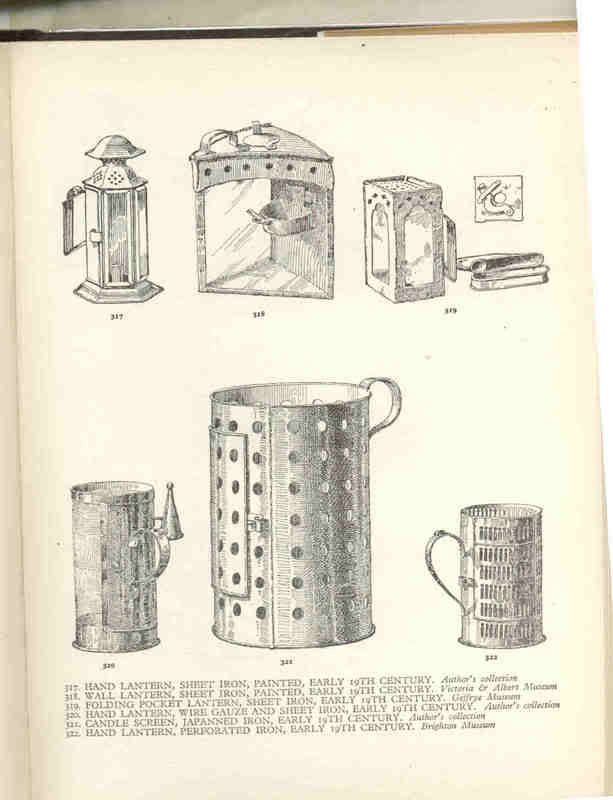rifleshooter2
45 Cal.
- Joined
- Dec 31, 2004
- Messages
- 538
- Reaction score
- 5
A little free time :hmm:
Find some plans, tin can and snips

And Volia

Andy
Find some plans, tin can and snips

And Volia

Andy




paulvallandigham said:I realize these are period correct for 18th century re-enactors, but open flames just bother me.
rifleshooter2 said:paulvallandigham said:I realize these are period correct for 18th century re-enactors, but open flames just bother me.
I agree with you. I mainly made it as a demonstration piece to show the different types of lighting used in the 18th century. Will I use it? Yes but outside not in the tent. Do I think its safe yes but I'm clumsy and would probably knock it over.
Andy

rifleshooter2 said:From Wikipeda:
The Betty lamp is thought to be of German, Austrian, or Hungarian origin. The Betty Lamp first came into use in the 18th Century. They were commonly made of iron or brass and were most often used in the home or workshop. These lamps burned fish oil or fat trimmings and had wicks of twisted cloth.
The Betty evolved from the simple crusie lamp which was similar but did not give off as much light or work as well. A wickholder in the base was added to the crusie lamp design which channeled the drippings from the wick back into the bowl of the lamp where it could eventually be consumed. A cover was added to confine heat, decrease smoke, and make the oil burn efficiently. These changes also reduced the chance of dangerous house fires. Unlike the crusie, a second pan to catch grease was not needed on a Betty lamp. A handle attached to the opposite end from the flame that curved up to a short chain was attached to most Betty lamps as well. The chains were fitted with a hook on one end for hanging the lamp and a pick for adjusting the wick.
This better lamp design, named the Betty, from the German word, "besser" or "bete," meaning "to make better," produced a very good light for its time. The Betty lamp was used widely by the American colonists and by Europeans. In rural areas it was in use until the end of the 19th Century.
Sometimes the Betty lamp was hung from a lamp stand that was on a table or a tall iron or wooden stand that rested on the floor. Another method of elevating the Betty lamp was placing it on a turned wood or tin pedestal that sat on the table. Positioned there the lamp then illuminated the work surface or reading material of the person sitting there. Betty lamps are being made today but now most people burn olive oil or vegetable oil. They are popular with living history buffs.
rifleshooter2 said:I'm using lamp oil in mine. Only used it one night, so far no problems.
Andy
Enter your email address to join: